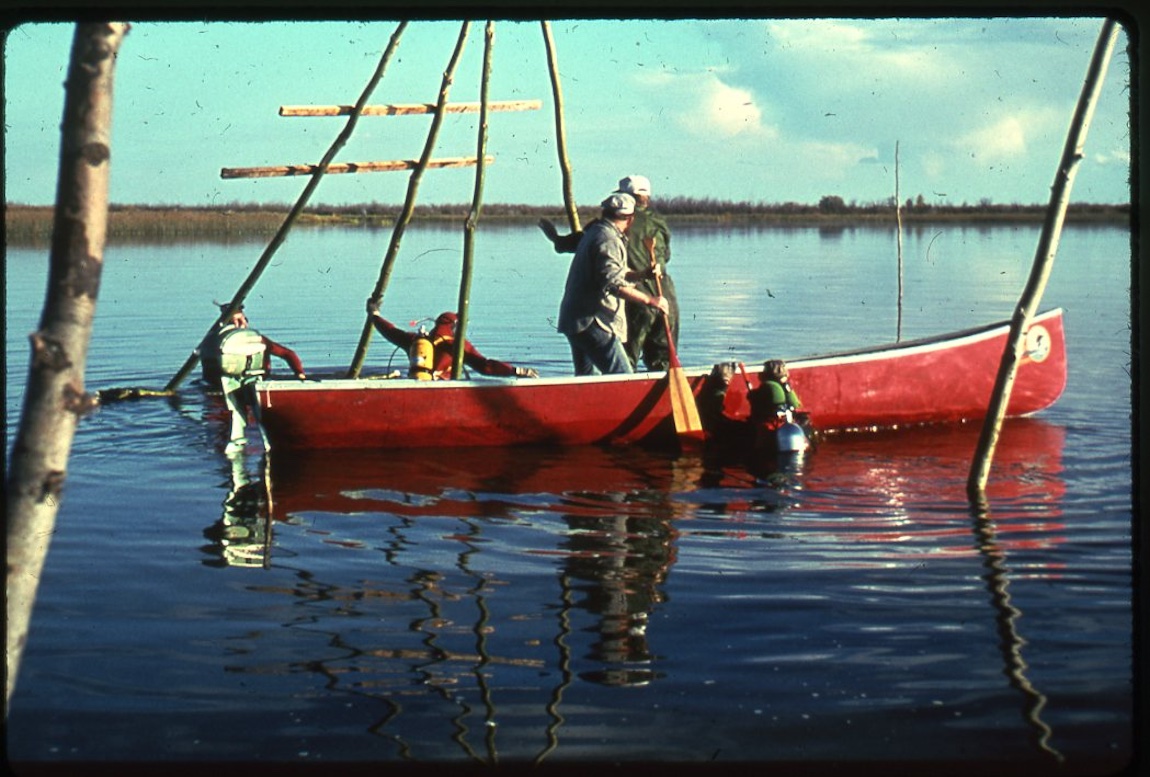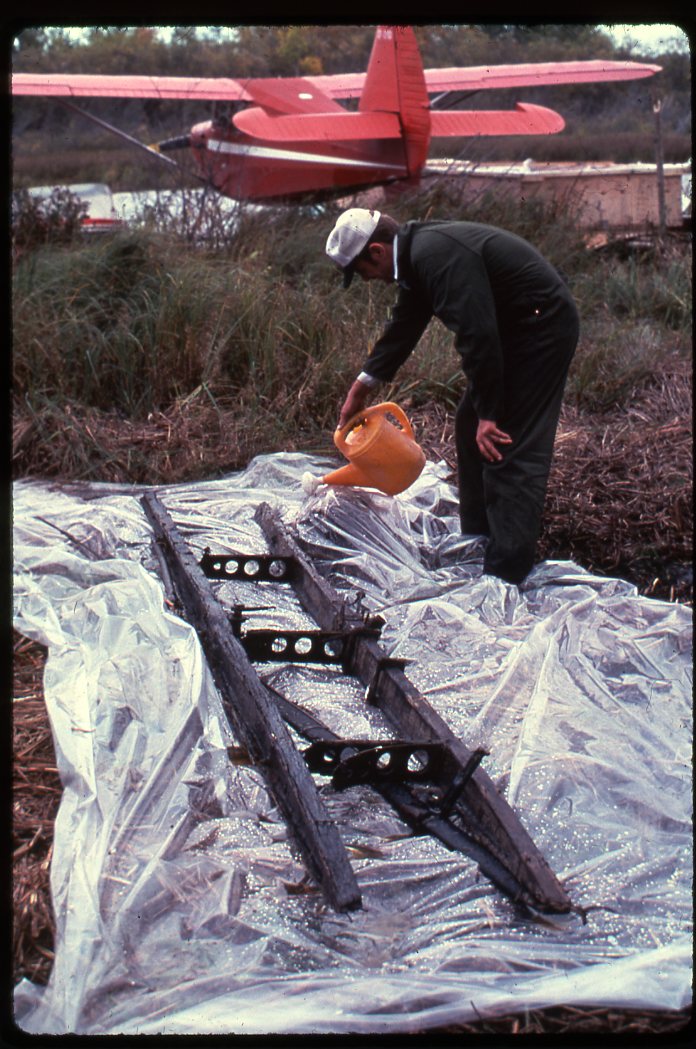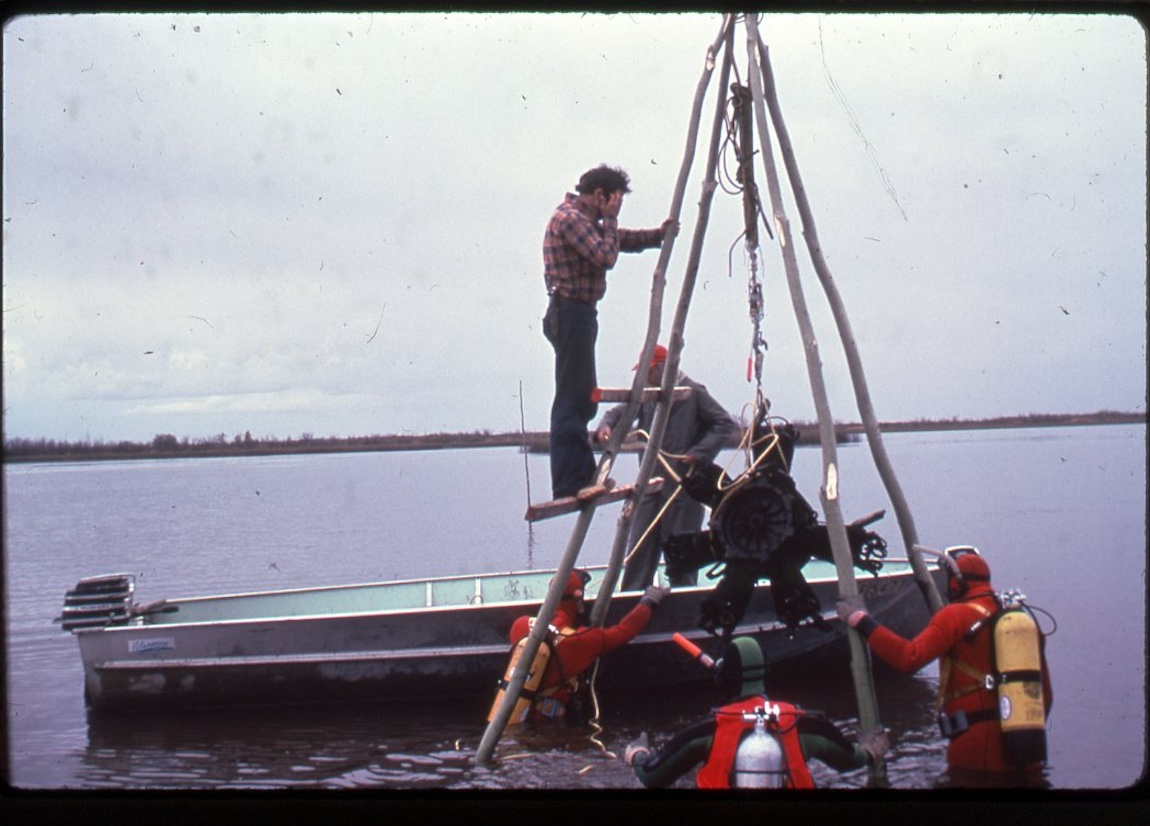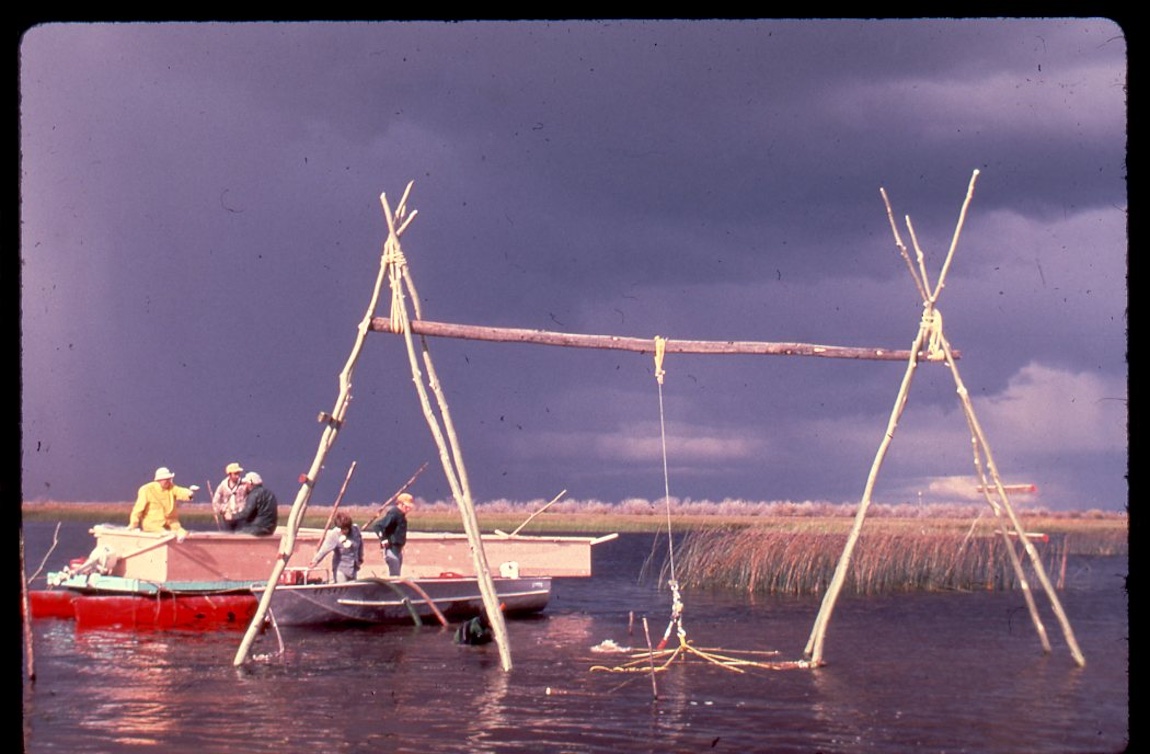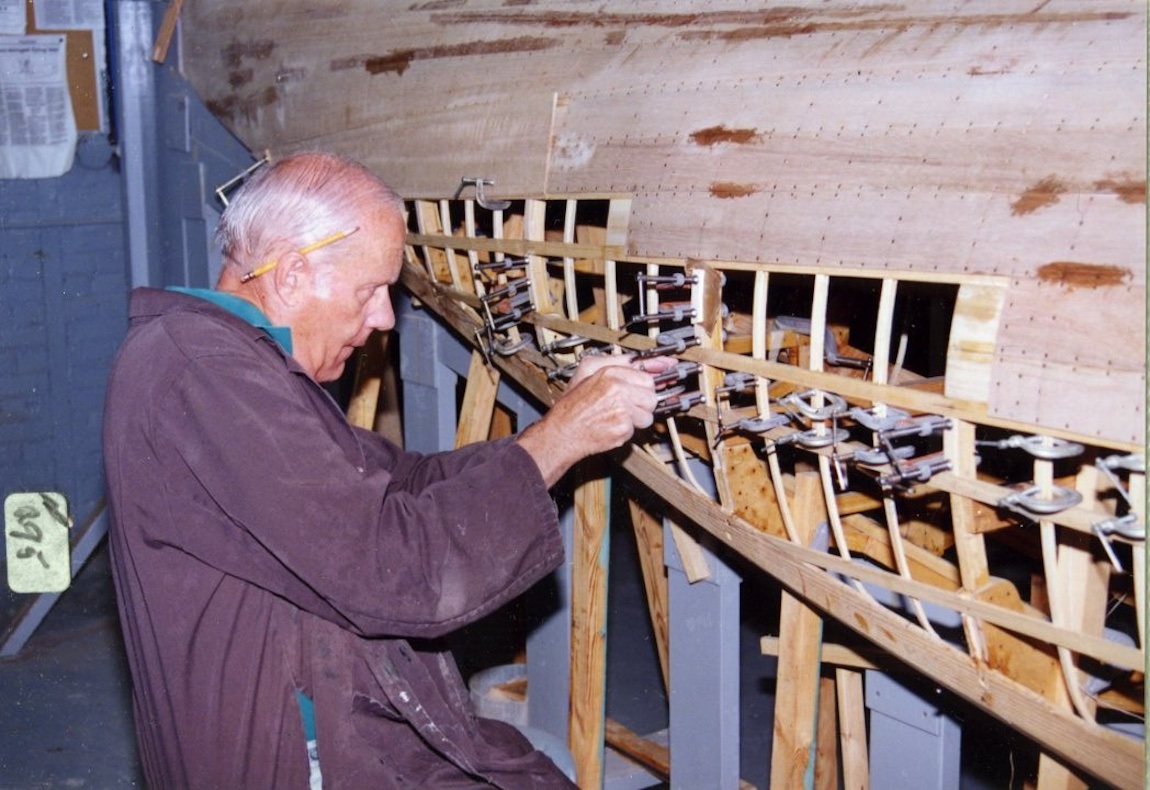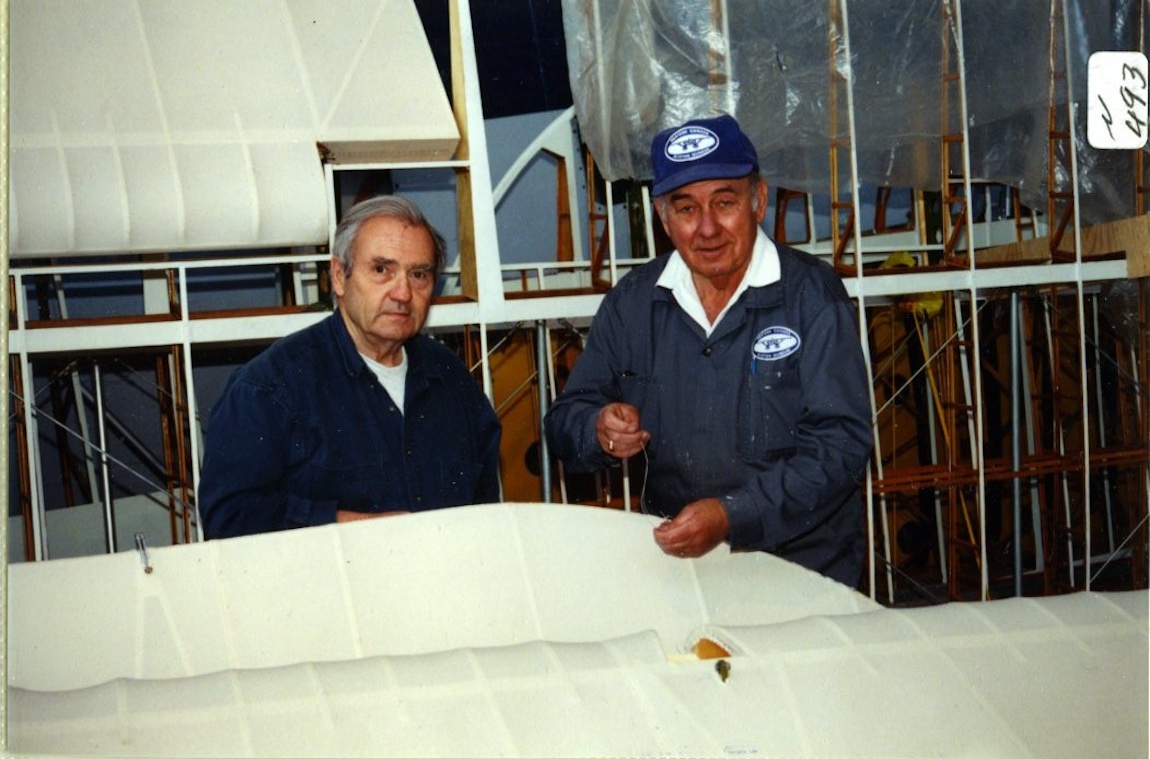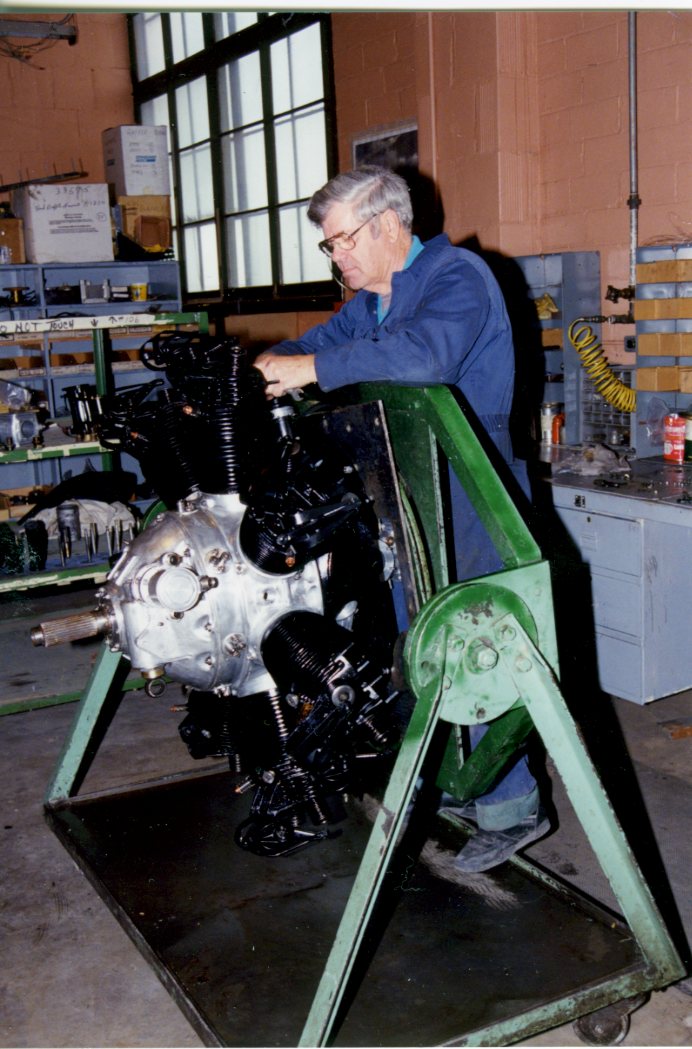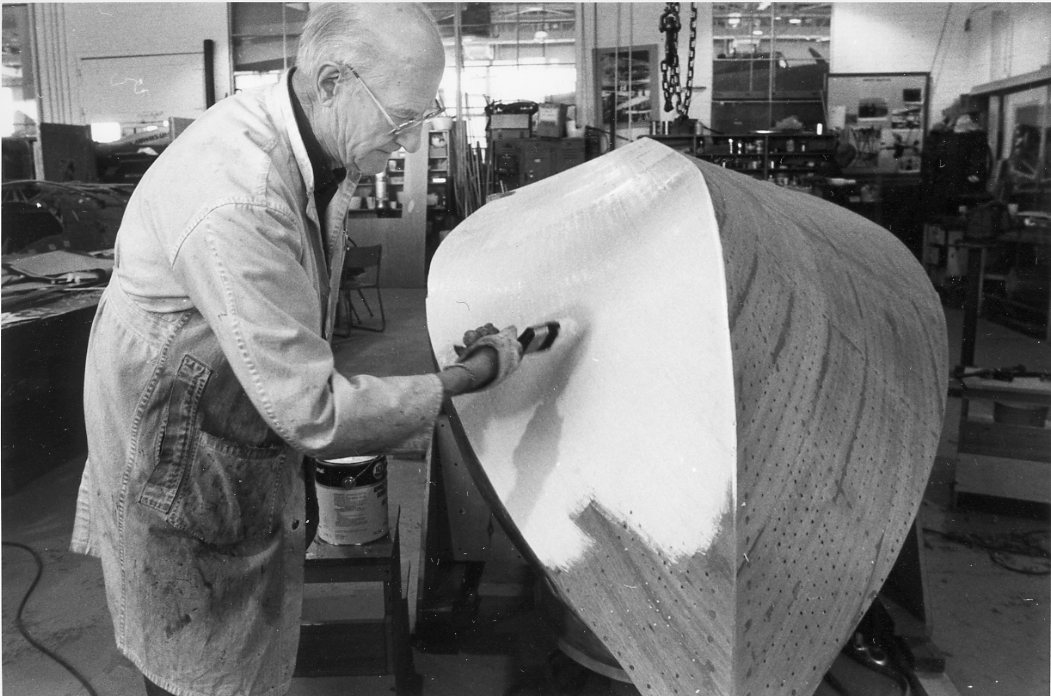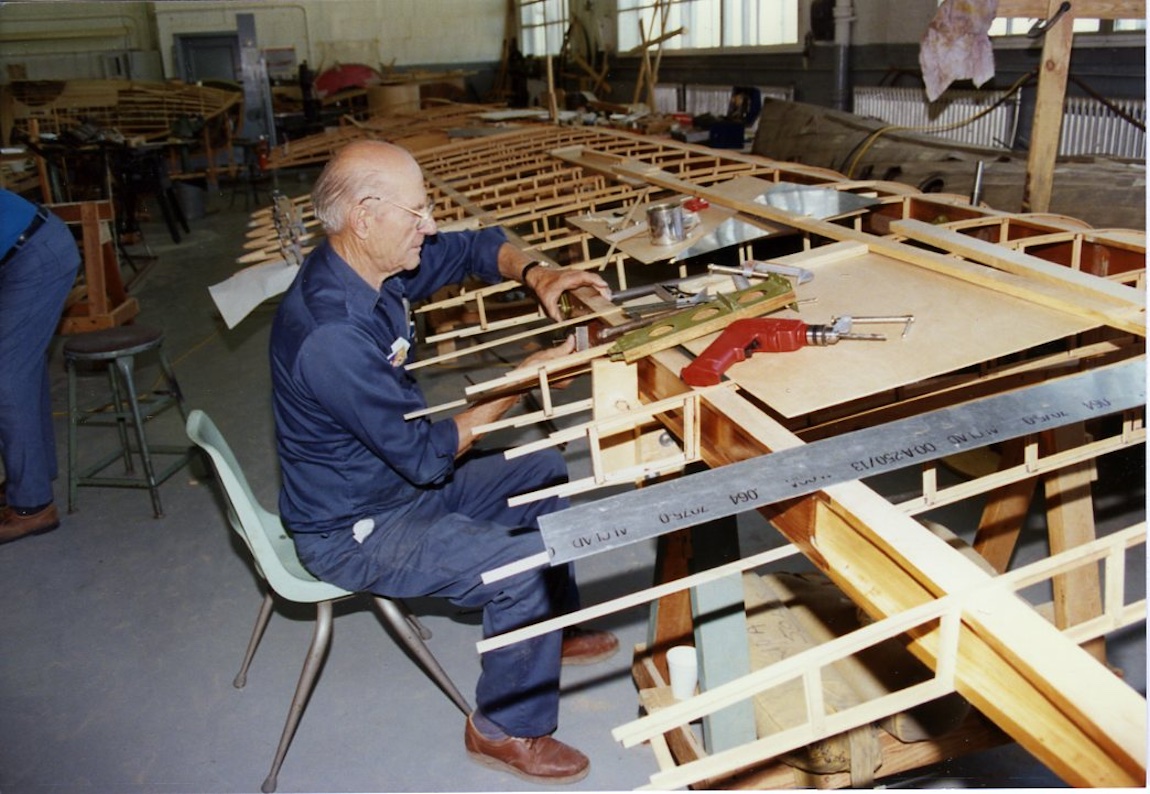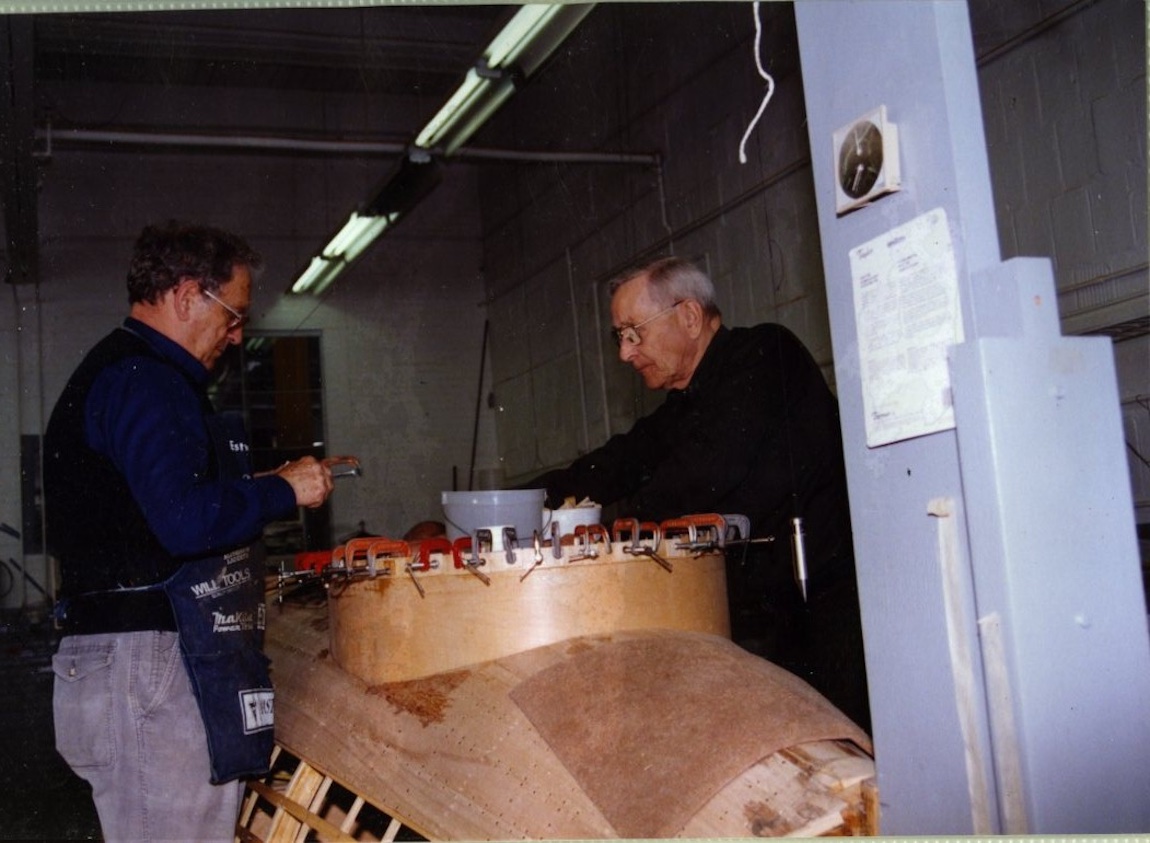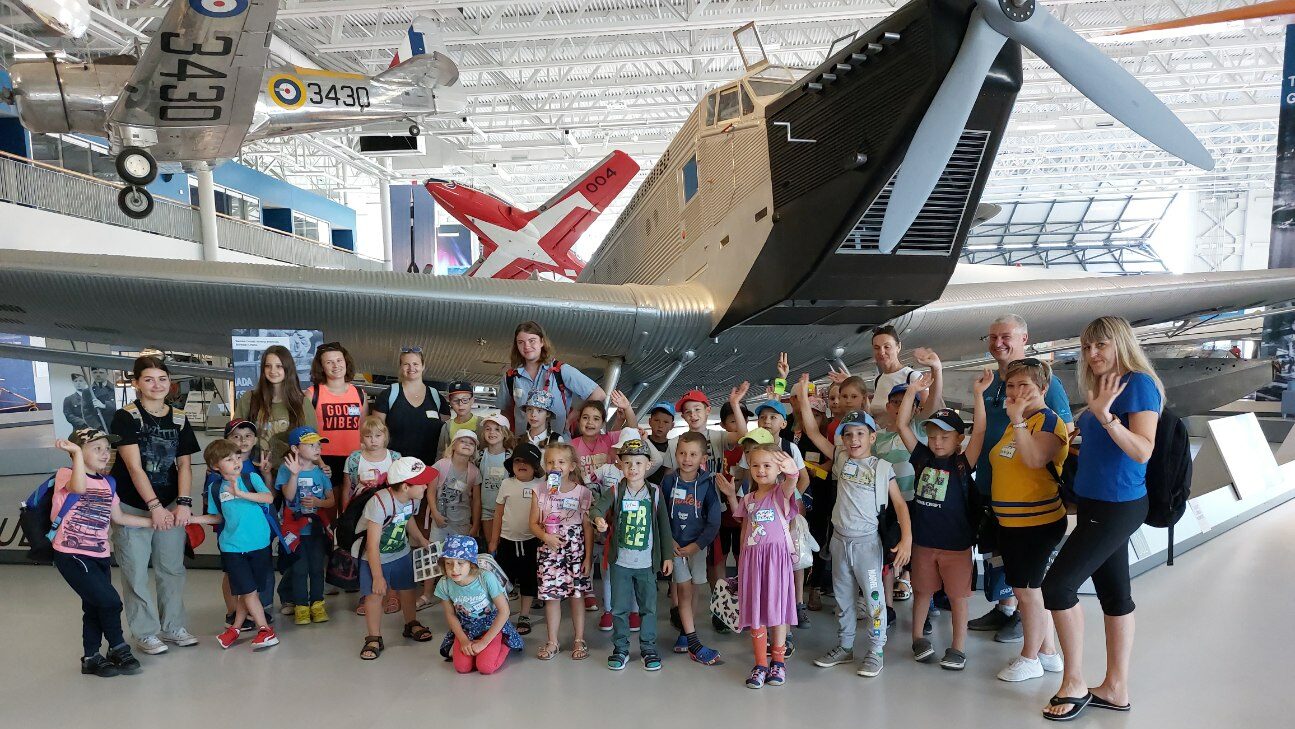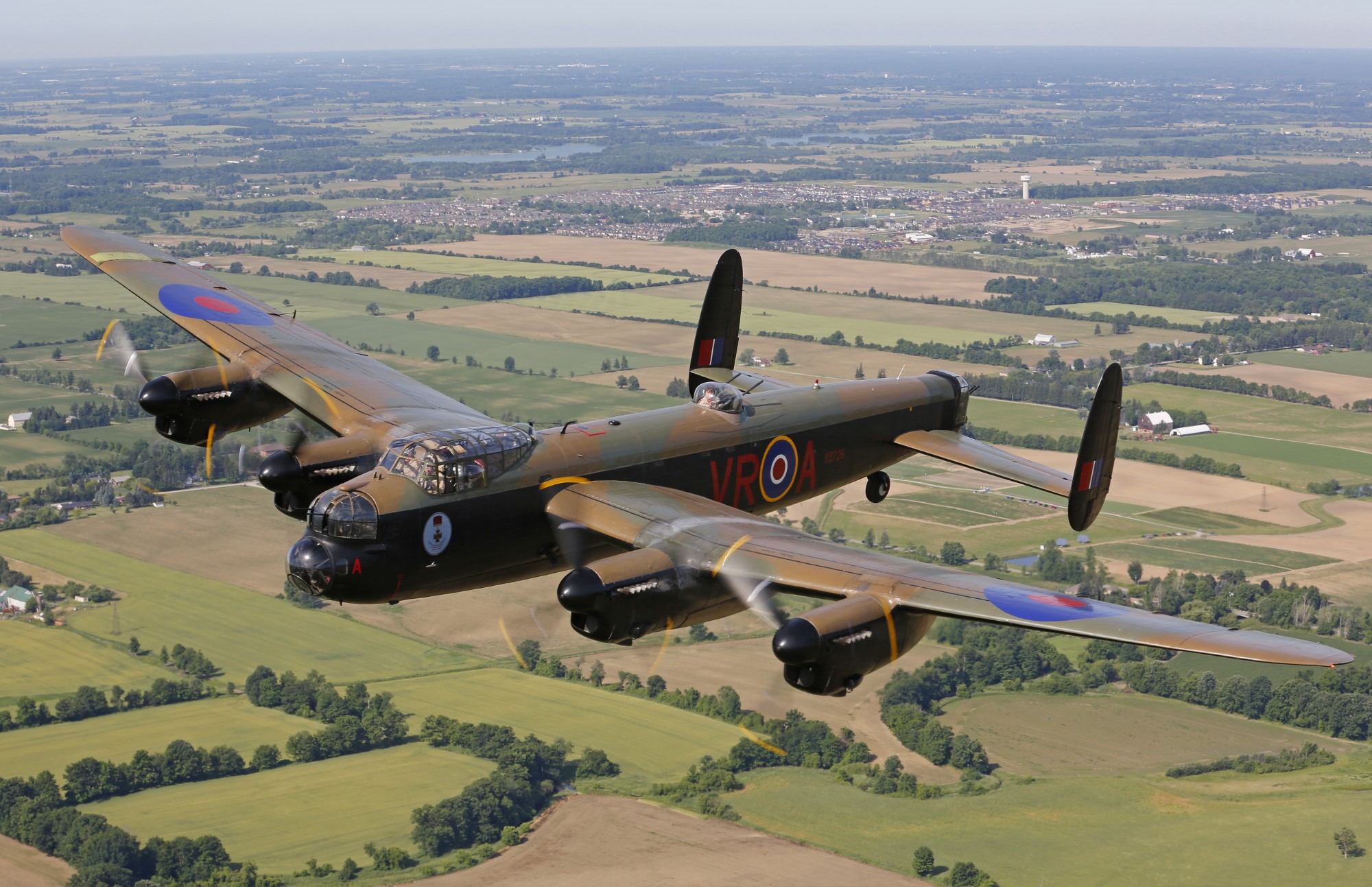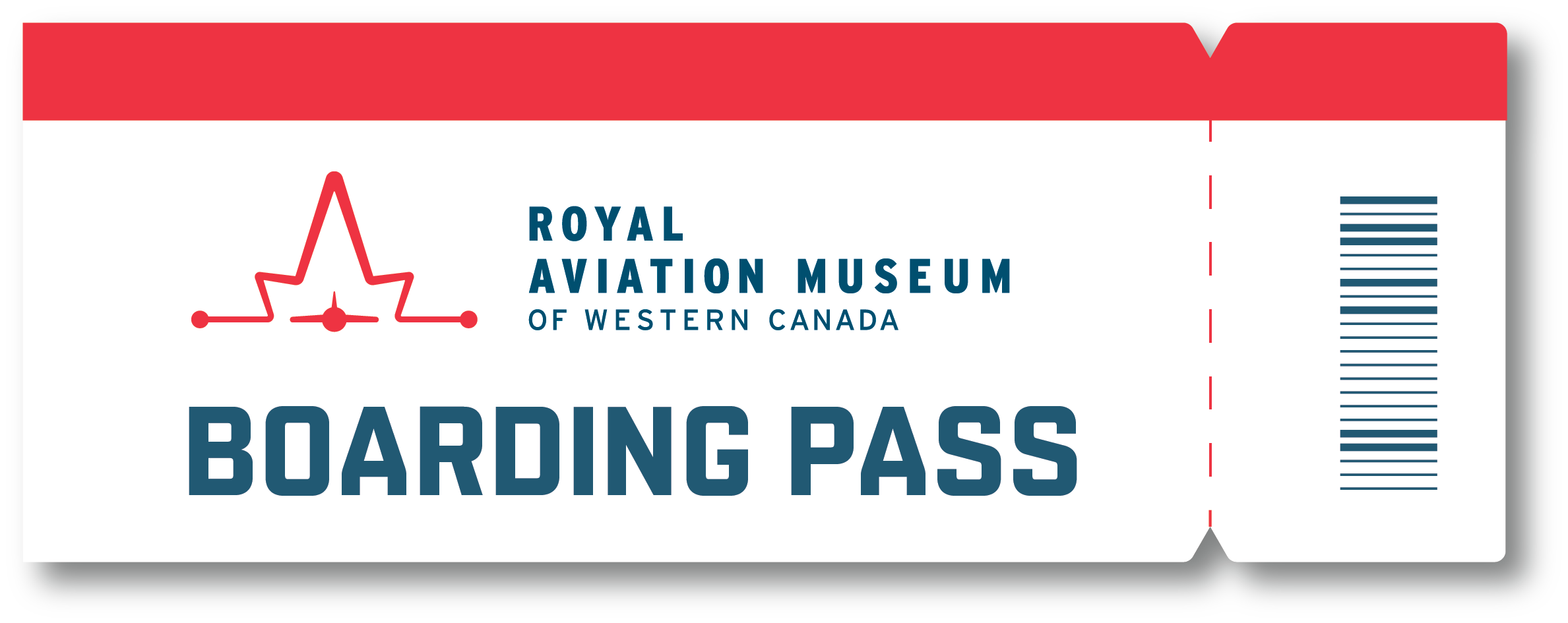February 14, 2024
2024 is a big year for aviation celebrations. Not only is it our museum’s 50th anniversary, but it’s also the centennial of the Royal Canadian Air Force (RCAF) and the 100th anniversary of the Canadian Vickers Vedette.
The Vedette was the first military aircraft designed and manufactured in Canada. It played an important role for the RCAF and government in the 1920s. These planes were later used for mapping Canada. Most topographical maps used in Canada were created based on photos taken from the cockpit of a Vedette.
Finding a Vedette for the museum collection was high on the wish list for the founders of the museum. Unfortunately, this proved to be a lot more difficult than anticipated.
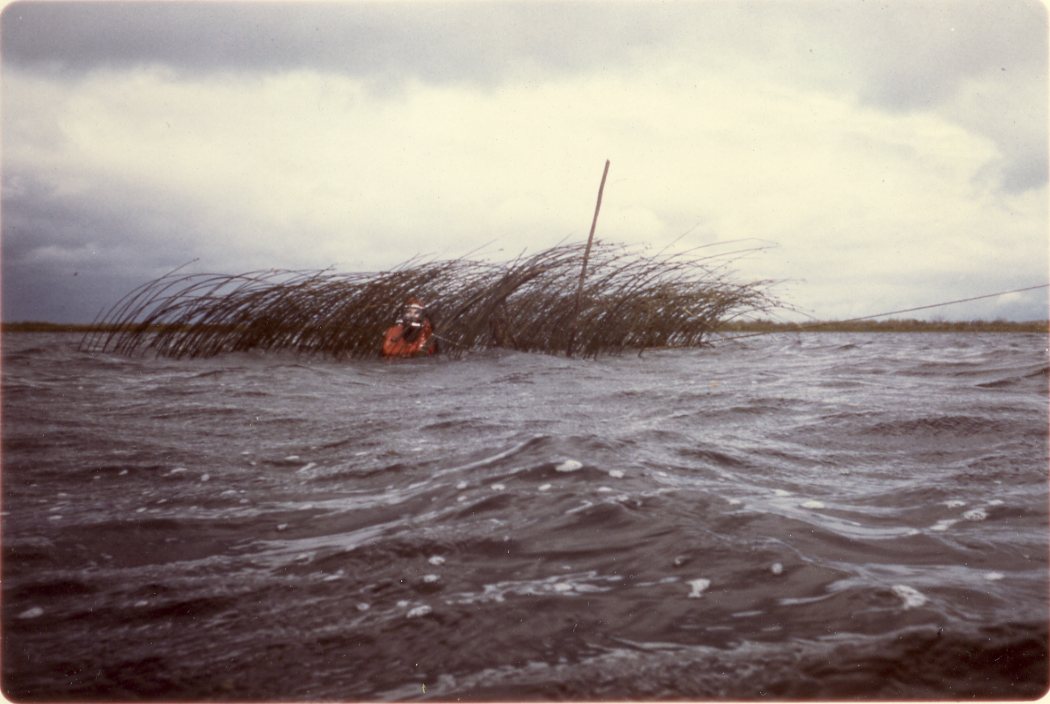
Only 61 of these “flying boats” were ever manufactured. As the Vedette got replaced by more versatile aircraft such as the Fairchild, Bellanca, and Norseman, the remaining ones were destroyed or converted into boats. Eventually, there were no complete aircraft left.
Complicating things further was the fact that all designs and blueprints were lost to a fire at the Montreal-based Vickers facility in 1932.
In the end, RAMWC’s founders used pieces from three separate aircraft to create the replica on display in our museum today.
The first was G-CASW which had crashed into a mountain on Porcher Island in British Columbia while conducting a forest fire survey. The crew escaped the incident without injury, and their crash report led museum investigators to the site of the dilapidated wreck 70 years later.
What remained of the wooden hull was lifted off the mountain by helicopter, and transported back to Winnipeg for examination and preservation. The hull of G-CASW is on display in our museum next to our replica of CF-MAG.
The second was CF-MAG, which was owned by the Manitoba Government Air Service. In 1937, the Air Service had already begun phasing out the aging Vedettes from the fleet. When the engine failed, forcing the pilot to land in a swamp near Cormorant Lake in northern Manitoba, the Air Service decided to abandon and torch CF-MAG.
This turned out to be a stroke of luck. The museum’s dive team, which found the wreck in 1975 and recovered much of the fuselage in 1977, discovered that charring from the fire had preserved many delicate wooden fragments of the wings and hull.
Preserved pieces of a third Vedette were loaned to the museum by the Canada Aviation and Space Museum in Ottawa. These fragments would form the groundwork for the creation of blueprints.
Restoration volunteer Doug Newey, who had recently retired from Bristol Aerospace, had worked at the Vickers plant in Montreal, building Vedette wing struts early in his career. By memory and detailed examination of the assembled Vedette remains, Newey reproduced calculations and drawings that were used to create a set of blueprints. These are the only set of blueprints in existence.
With the new blueprints in hand, in 1980 the museum began the painstaking process of resurrecting the Vickers Vedette. The project required volunteers to learn techniques not used in aircraft construction for decades, such as the special stitching used to sew fabric onto the wings and control surfaces.
Constructing this aircraft was a labour of love. Over 22 years, more than 45,000 hours by over 100 volunteers were invested in the project.
Among the many tasks performed by our volunteers was the manufacture of over 200 ribs and more than 3,000 square nails for the fuselage. The completed Vedette replica was finally unveiled to the public on May 24, 2002.
The replica bears the civilian registration CF-MAG, after the most complete wreck used to create the blueprints, but is painted in Royal Canadian Air Force colours to commemorate the military’s role in early aerial mapping operations.
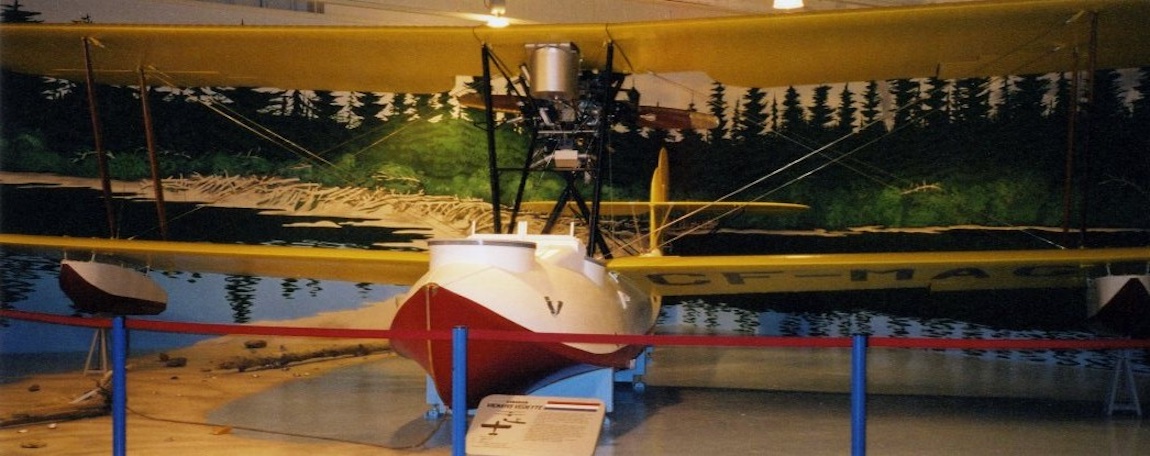
Our Vedette is one of only two in existence today. The other, on display at the Western Development Museum, is also a replica, completed in 2014.
Be sure to check out this fascinating aircraft the next time you visit!

